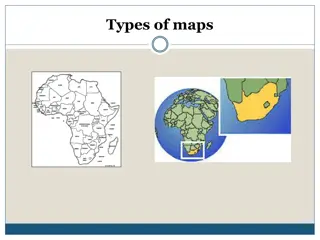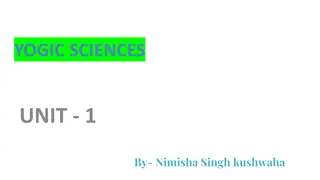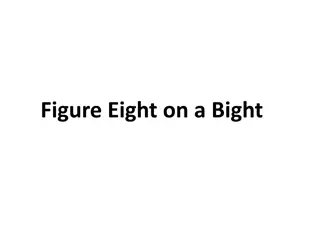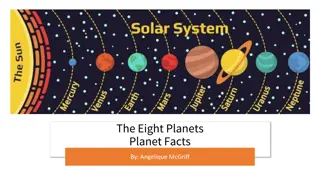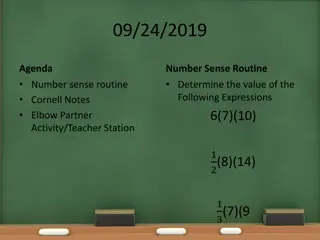Lesson 32: Eight is Enough
In Lesson 32, explore the Octet Rule and learn to draw Lewis dot structures for molecules. Understand how atoms bond by sharing electrons to achieve stability, excluding exceptions like hydrogen. Discover concepts like double and triple bonds and their role in molecular bonding.
Download Presentation

Please find below an Image/Link to download the presentation.
The content on the website is provided AS IS for your information and personal use only. It may not be sold, licensed, or shared on other websites without obtaining consent from the author.If you encounter any issues during the download, it is possible that the publisher has removed the file from their server.
You are allowed to download the files provided on this website for personal or commercial use, subject to the condition that they are used lawfully. All files are the property of their respective owners.
The content on the website is provided AS IS for your information and personal use only. It may not be sold, licensed, or shared on other websites without obtaining consent from the author.
E N D
Presentation Transcript
Lesson 32: Eight is Enough Octet Rule
ChemCatalyst Draw the Lewis dot structure for the two covalently bonded molecules shown here. Explain how you arrived at your answer. a. Cl2 b. O2
Key Question How do atoms bond to form molecules? You will be able to: apply the octet rule to predict bonding in molecules draw Lewis dot structures and structural formulas for molecules that contain double and triple bonds
Lesson 32 Vocabulary Each atom in the molecule has an octet of valence electrons. Note that the hydrogen atoms do not follow the octet rule. They have a total of two electrons, similar to the noble gas helium, He. Octet rule: Nonmetal atoms combine so that each atom has a total of eight valence electrons by sharing electrons. After bonding, each chlorine atom has a total of eight valence electrons surrounding it. PCl3 Cl2 H2S
Lesson 32 Vocabulary Double bond: A covalent bond in which two electron pairs (four electrons) are shared between two atoms.
Lesson 32 Vocabulary Triple bond: A covalent bond in which three electron pairs (six electrons) are shared between two atoms.
Discussion Notes The HONC 1234 rule and the octet rule both help you figure out Lewis dot structures and structural formulas. Both the HONC 1234 rule and the octet rule can be satisfied by using double and triple bonds appropriately. It is not possible to create a triple-bonded oxygen compound, according to the HONC rule. There are exceptions to the bonding rules laid out here.
Wrap Up How do atoms bond to form molecules? Elements form covalent bonds by sharing electrons until each atom has eight valence electrons. This is called the octet rule. Hydrogen is an exception. It forms bonds such that it has two valence electrons. Atoms can form double and triple bonds to satisfy the octet rule. When covalent bonds form, each atom resembles a noble gas in its electron configuration.
Check-In 1. One of these compounds has multiple bonds in it. Which one is it? Explain. C4H10 C4H6 2. Draw one possible structural formula for C4H6.
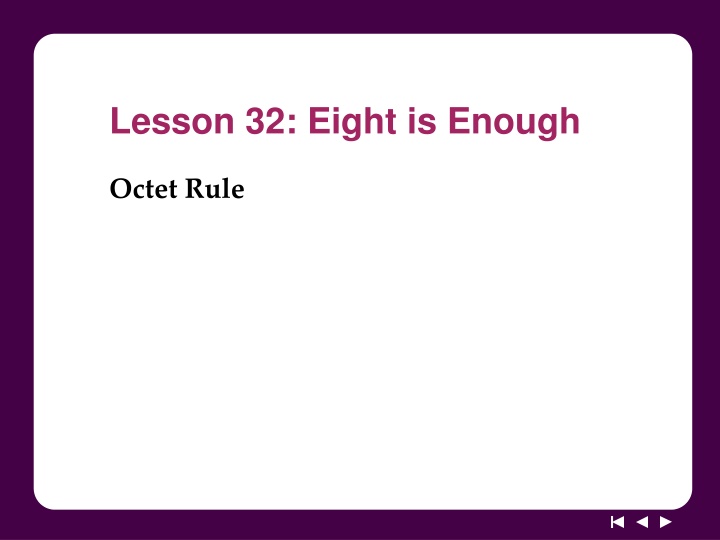

![❤[PDF]⚡ Gemini 5: Eight Days in Space or Bust (Springer Praxis Books)](/thumb/21621/pdf-gemini-5-eight-days-in-space-or-bust-springer-praxis-books.jpg)



